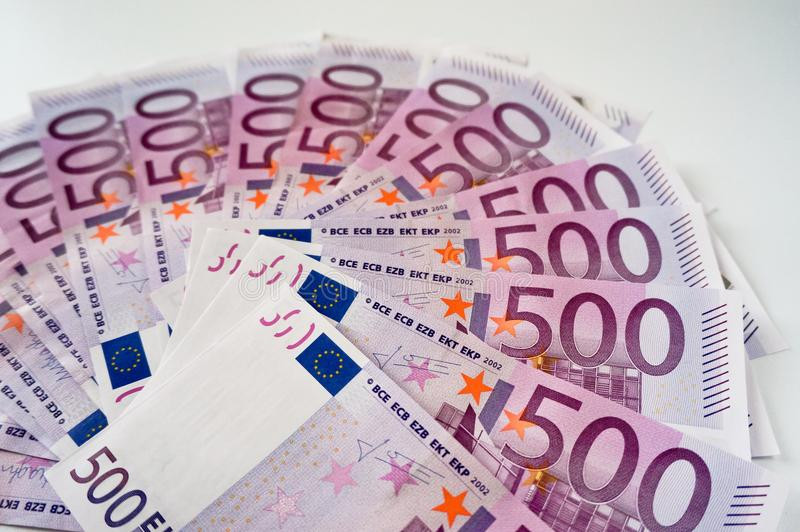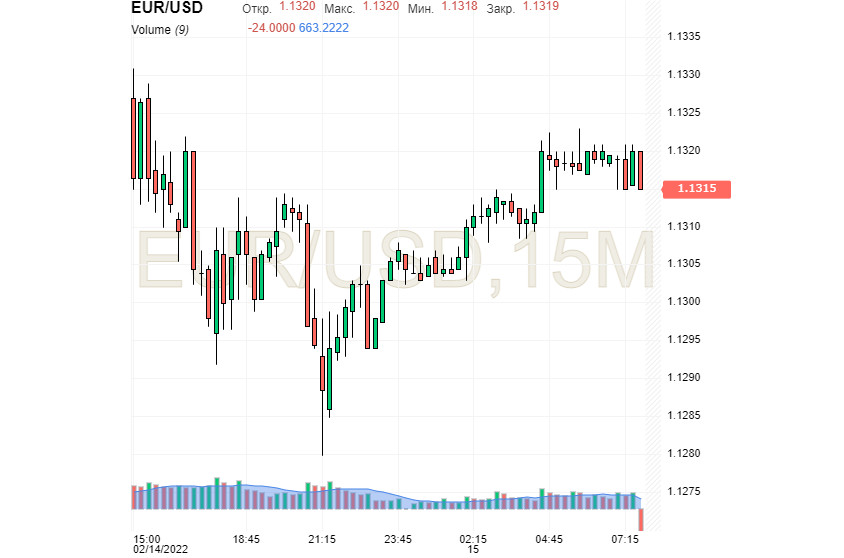
The euro/dollar pair has been under severe pressure lately due to various headwinds.
Geopolitics, in particular Russia-Ukraine tensions, is still among the negative factors affecting the euro. The escalation of the conflict along with the extremely high inflation rate has recently been weighing on both the euro and the EUR/USD pair. The US Federal Reserve added fuel to the fire when it announced the emergency meeting to discuss a possible interest rate hike amid soaring inflation.
The ECB's monetary policy stance is another reason for a weaker euro. According to analysts, the European regulator repeats the mistakes of its American counterpart, showing its unwillingness to act. The ECB does not see galloping inflation to be prolonged despite a rise in the rate to 5.1% in January. President Christine Lagarde believes that raising the interest rate will not solve the issue of record-high inflation in the eurozone and harm the economy.
Many economists at the ECB suggest that inflation in the eurozone will return to normal without monetary policy tightening by the regulator. Meanwhile, analysts say the bank's hesitance and unwillingness to accept the current problems will cost it dearly. At the same time, the ECB insists that another tightening of monetary policy will come as a new shock to the European economy.
Nevertheless, the situation is changing for the better. Under the influence of negative factors, such as geopolitical risks and continuing inflation, the ECB has changed its rhetoric. Amid the escalation of tensions in Western Europe, the euro came under tremendous pressure, which, in turn, increased demand for the US dollar as a safe-haven asset. So, the European regulator had to acknowledge mounting inflation risks and even open the door a crack to an interest rate increase, economists noted.
In this light, the greenback and other safe-haven assets are staying firm. As investors started to shift from risk assets, the dollar went up. Geopolitical risks and overreaction of Western countries are posing a threat to the global economy. Against this backdrop, market participants no longer want to put money in risk assets and turn to safe haven instead. This is still a relevant tendency. Meanwhile, the greenback is strengthening owing to the Fed's aggressive stance on monetary policy.
On Monday, the euro fell by 0.01% to 1.1349 and then plunged to 1.1316. In the end, the euro almost cancelled its weekly high of 1.1495. On Tuesday morning, February 15, the EUR/USD pair was hovering around 1.1315.

The pair is expected to test the support level of 1.1300 shortly. In addition, bearish pressure on the instrument has increased.
In the short term, the downtrend may extend due to mounting market uncertainty. Geopolitical and inflationary risks are partially responsible for a decrease in demand for the euro. A decline in risk appetite is likely to drive the euro further down. Meanwhile, bearish pressure on the euro will build up in the event of somewhat dovish statements from the ECB.





















